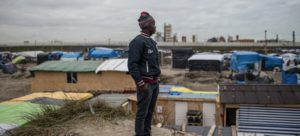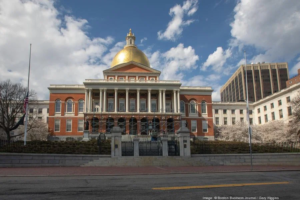Generations of racism and oppression have created a devastating health crisis within Indigenous communities. When the pandemic hit, it brought another deadly threat. Here’s how six changemakers are stepping up and finding more ways for their people—and all of us—to build stronger bodies, minds, and emotional connections.
IN EARLY 2021, as the first batches of corona virus vaccines were being distributed around the country and many places struggled with availability, I walked into a Cherokee Nation health clinic in our tribe’s main city of Tahlequah, Oklahoma, and rolled up my sleeve.
As the needle plunged in, I felt relieved. More important, I felt accountable. American Indians and Alaska Natives experienced the highest death rate among all ethnic groups during the height of the pandemic, with a mortality rate twice that of their white counterparts, according to the CDC.

The pandemic only magnified the poverty and existing health crises of many in our communities—while cutting off critical outlets of support. As a culture, together we have survived colonialism and forced assimilation, the theft of our land and resources, and systemic oppression such that the majority of us have left our ancestral lands to seek opportunity elsewhere. That’s right: An estimated 70 percent of Indigenous people in the U. S. now live in urban or suburban areas. And no matter where we live, there are huge challenges accessing tribal health services.
American Indians and Alaska Natives face higher rates of obesity, diabetes, alcohol-use disorder, and suicide, among other health issues. While the average life expectancy in the U. S. has risen in recent years, ours hasn’t. It’s now seven years shorter than that of white Americans. Once the vaccine went into production, our tribal government coordinated closely with the federal Indian Health Service to enable early access to elders, frontline health workers, and the native speakers who still teach and embody our culture. Then officials quickly opened access to everyone in the tribe—and helped supply clinics serving other people around the state.
I never expected to be at that Cherokee clinic. I normally live in Brooklyn, but after months of isolation, I felt the pull to visit with my elders and reunite with my tribal community through get-togethers like local hog-fry fundraisers. Months later, I continued to find ways to feel energized. Because amid the turmoil of the past couple years, a new wave of Indigenous changemakers has arisen. Its members are combining ancient spiritual values with modern practices to help all of us feel stronger and more vital so we can shape a healthier future together.




